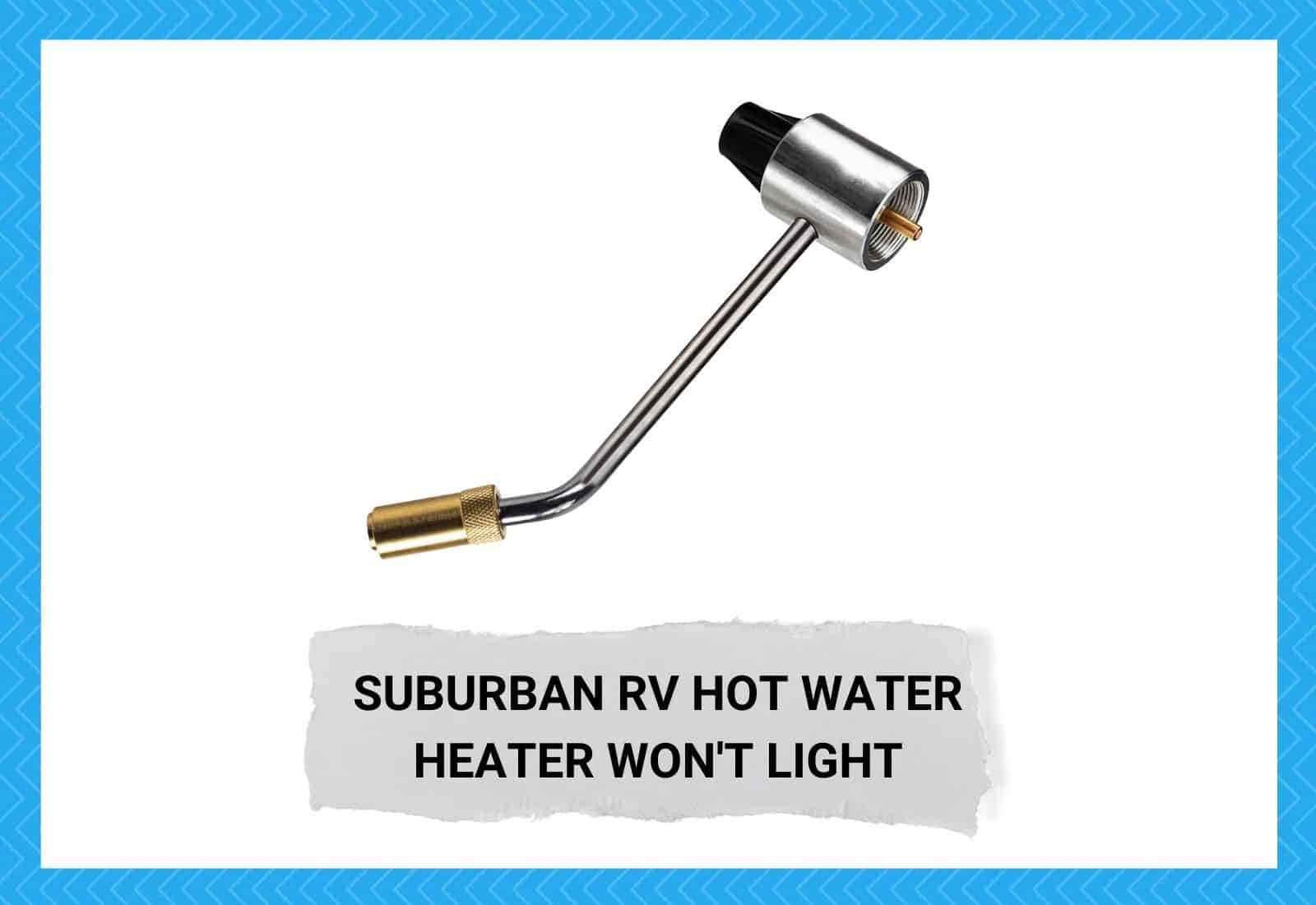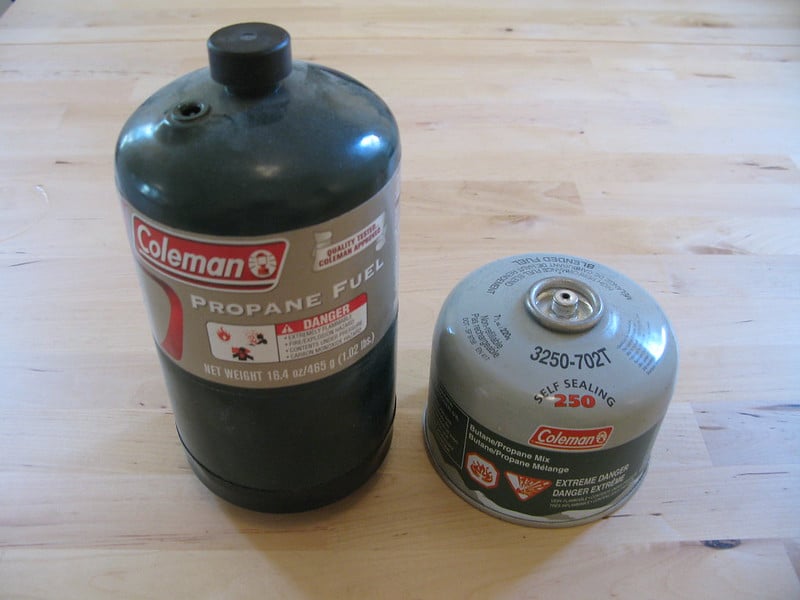
Founded in the United States, Coleman is a leading camping equipment manufacturer. The Coleman propane stoves, which can collapse into a compact size, make outdoor cooking a breeze and can be carried with you wherever you go.
When it comes to cooking, many people choose to use Coleman propane stoves because they are convenient and easy to use.
When compared to other cooking appliances, propane-fueled cooktops and ovens stand out for their quick heat and accurate heat control. It is more environment-friendly as compared to other options, making it a good choice for your house or vacation cottage.
Coleman Propane Stove Regulator Problems
The regulator on your propane tank regulates the amount of gas that flows from the tank to the appliance. However, if the regulator fails, the Coleman propane stove can no longer be used to cook with propane.
Because of this, it is imperative to recover it as soon as possible. Let’s take a look at some common propane stove regulator problems and their solutions.
1. Yellow Flames
Blue, powerful flames indicate proper operation for any device that uses propane as its fuel source. If you fire your stove or grill and the flames are a mild yellow color instead of a vibrant blue, there is something wrong with the regulator.
This might potentially indicate that the pressure in the propane stove’s regulator is too low. If the propane pressure regulator is functioning correctly, the flames from the stove will be a uniform blue color and be the same height as the stove.
In contrast, if the flames are blue, loud, and extremely tall, it indicates that the gas regulator is set too high. Simply changing the pressure will resolve this issue.
2. Sooty Residue
Incomplete combustion of hydrocarbons leads to soot on burners. However, this is not always the outcome of a faulty regulator.
The burners and hoses should be cleaned to fix the problem. If the problem persists, consider hiring a professional.
3. Strange Noises
When your gas regulator isn’t working correctly, it might make strange sounds. Listed below are some of the sounds that you may notice.
- There are popping sounds coming from the stovetop whenever the burners are ignited,
- If you turn the burners up high, they will roar, and when you turn them off, they will hiss.
Keep in mind that no audible sounds should come from stoves under normal operating circumstances.
If the stove noise is loud enough to be bothersome, it’s a solid indicator that the regulator is broken.
Before you replace the regulator, check to see if any of the other burners on the grill, stove, or fireplace are experiencing the same problem. You should remember that if only one of the burners makes strange sounds, the problem is with the stove and not the regulator.
When you turn on a stove, you’ll hear a slight hiss rather than a booming noise; this is normal. The hissing sound is caused by gas escaping from the hose and being burned by the stovetop. It could be due to high gas pressure.
Without a regulator to moderate the gas pressure from the propane tank, the stove would roar, and the flame would be uneven.
4. Check Propane Gas
When cooking outside, you must ensure your Coleman stove has enough propane gas to cook your meal. If you are having issues with the regulator on your Coleman stove, you should first make sure the gas tank is not empty.
It is recommended that users have at least a quarter of the tank full before using the stove. Your stove’s performance may suffer if the gas level drops below this. If there is not enough gas, consider refilling the tank.
5. No Gas Flow
Sometimes, you may notice that the gas doesn’t flow to the stove sometimes. Usually, this happens when the “bypass mode” safety function of the regulator is engaged. This may be fixed by resetting the propane stove’s regulator. This issue can also arise when the regulator falsely suspects a leak.
Shut off all the burners, remove the regulator from the tank, and then reconnect it to the tank after waiting 30 seconds. Once you’ve done this, wait a few seconds to allow the hose’s pressure to increase. Start turning on the stove gradually.
That’s it; you have successfully reset the propane regulator.
The regulator has a valve that acts as a safety mechanism. When the gas pressure within the hose drops too low, the safety valve opens, and the regulator switches to bypass.
When this happens, the regulator either cuts off the gas flow from the propane tank to the burners or limits the amount of gas used.
However, the regulator’s safety mechanism can sometimes falsely detect a gas leak. Of course, the regulator won’t function properly when the gas flow is restricted. Because of the low pressure caused by the gas leak, the safety mechanism is activated.
6. Gas Leak
Since propane naturally has no color or smell, companies sometimes add the foul-smelling gas mercaptan (methanethiol) to give it a smell. It has a pungent stench, similar to spoiled foods like garlic, cabbage, or eggs, and serves as an odorant.
By including this chemical, we can easily identify any potential leaks. If you can smell a leak, the propane regulator must be replaced. However, the problem may not be with the regulator sometimes. The hose connecting the regulator to the barbecue may also be leaky.
You can use a soapy water solution to detect leakage. The bubbles on the surface will pinpoint the exact gas leak point.
7. Frozen Regulator
Due to the extreme pressure within the tank, the propane inside is a liquid. Liquid propane escaping from the tank can freeze the Coleman propane stove regulator and cause problems.
It is common knowledge that the temperature of the regulator will drop somewhat when propane escapes, but this becomes an issue when the regulator freezes solid.
This is because compressing a gas involves squeezing the molecules together. When gas is compressed, heat is released. The expulsion of these gas molecules from the container has a cooling effect.
Both refrigerators and air conditioners work on the same basic concept to provide coolness.
The regulator may freeze when:
- When the regulator is hit with a sudden influx of propane.
- When the propane liquid is fed into the regulator. When the container is overfilled, its regulator freezes.
- When the service valve on the propane tank, which connects to the surface of the vapor, is skewed.
Propane cylinders should be stored upright to prevent the regulator from freezing. You don’t need to replace your propane regulator if it occasionally freezes.
8. Faulty Regulator
If you have tried the aforementioned solutions and your regulator still has problems, it suggests that your regulator may be malfunctioning.
Rarely, however, can the equipment stop operating. You can try cleaning the regulator if it’s clogged. If it’s not, the best possible solution is to get a new regulator and install it properly.
The Bottom Line
Coleman propane stoves are famous for their ease of use and versatility, making them the preferred choice for many individuals. Stoves of any brand, including Coleman’s, are not free of problems.
This article describes simple ways to deal with these problems. Take good care of your Coleman stove and get it maintained regularly to extend its lifespan.

